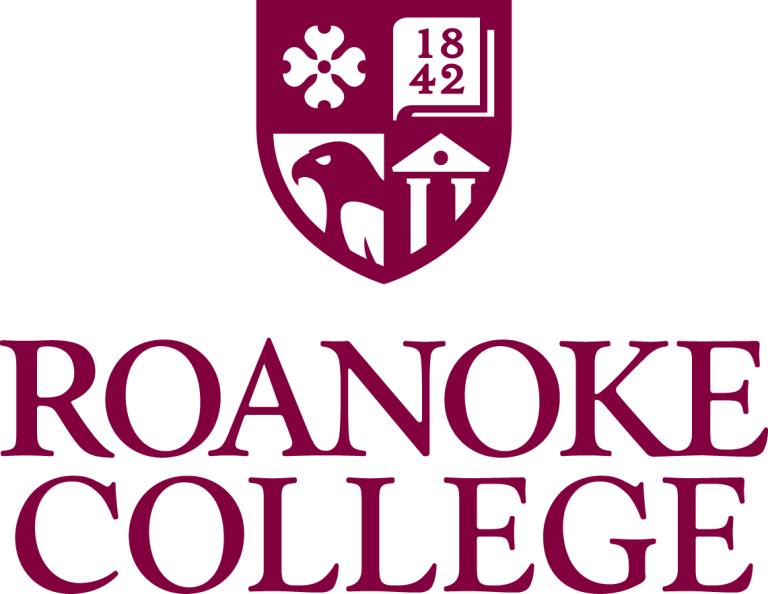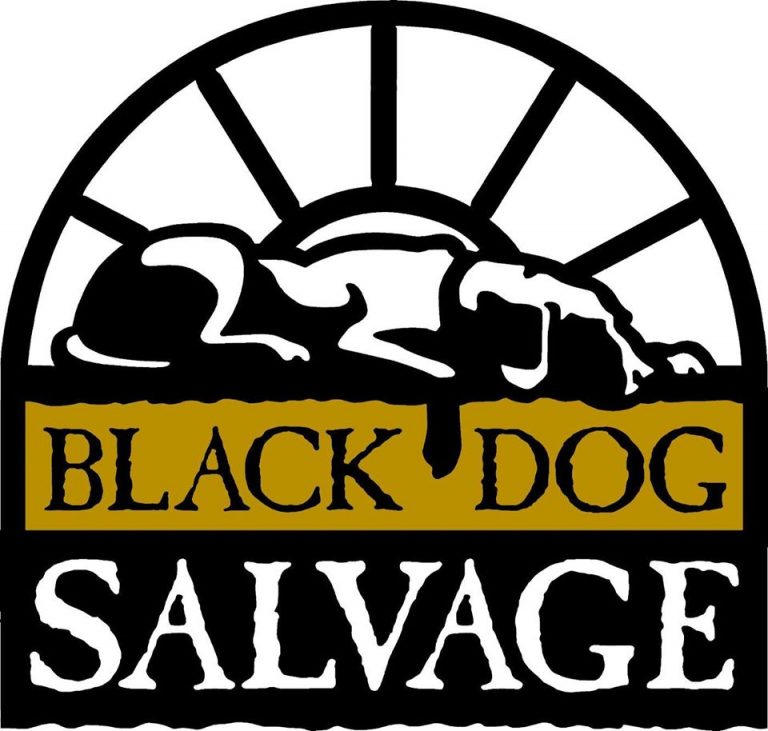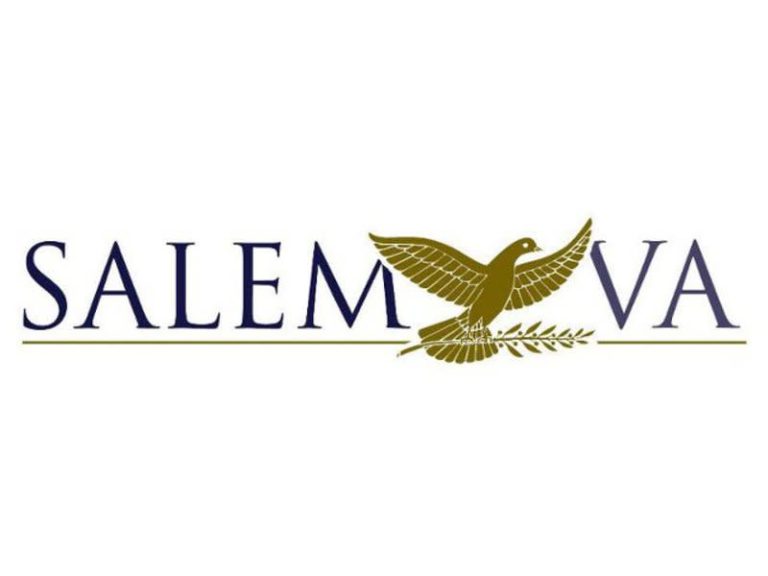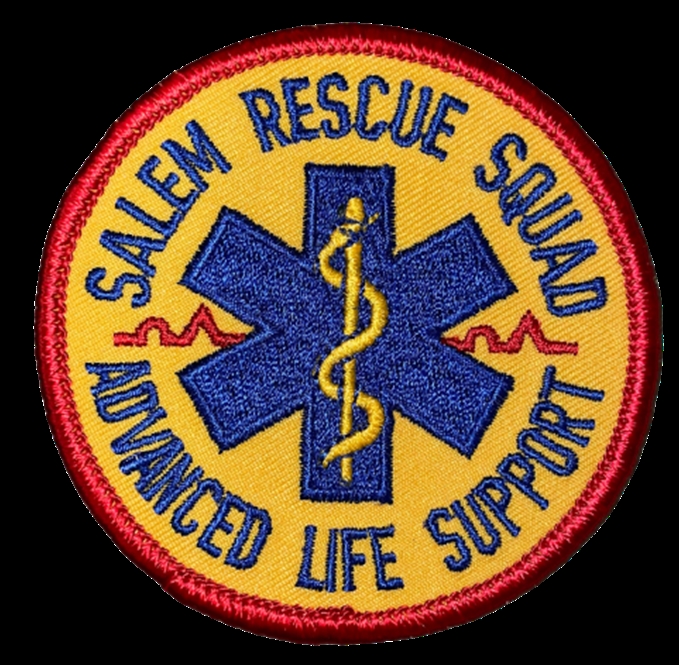Poll released by Roanoke College: Vice President Kamala Harris holds a 10-point lead over former President Donald...
Across Virginia
A new exhibit and workshop at Art on First in downtown Roanoke is leaning into the healing...
One of Virginia’s US Congressmen is explaining why he voted against funding for FEMA. WFIR’s Clark Palmer...
After you put away the Halloween costumes it’s time to gear up for the holidays. And Black...
Poll from Roanoke College: Vice Mayor Joe Cobb holds a 24-point lead over former Mayor David Bowers...
Four candidates are vying for 3 seats on Salem City Council. The candidates outlined why they are...
Donuts and exercise…not the usual pairing but Ronald McDonald House hopes you will spend next weekend with...
The Fall colors are reaching their peak in the region. That is good news for area businesses. ...
The new exhibit at the Salem History Museum honors a nationally recognized local institution. As WFIR’s Denise...
Update: Voting rights advocates are voicing opposition to an executive order from Governor Glenn Youngkin that ,they...
Evelyn Powers is making her first run for Roanoke City council. The longtime city employee says her...
Virginia officials touted the statewide success of Operation Cease fire. Roanoke city has been a part of...
Virginia is 2024’s second most politically engaged state, according to a new study from WalletHub. WFIR’s Alex...
Health experts say now is the time to get vaccinated. Flu, Covid and RSV vaccines are available....
The Taubman Museum of Art wants you to Be among the first to experience Eternally New: The...

